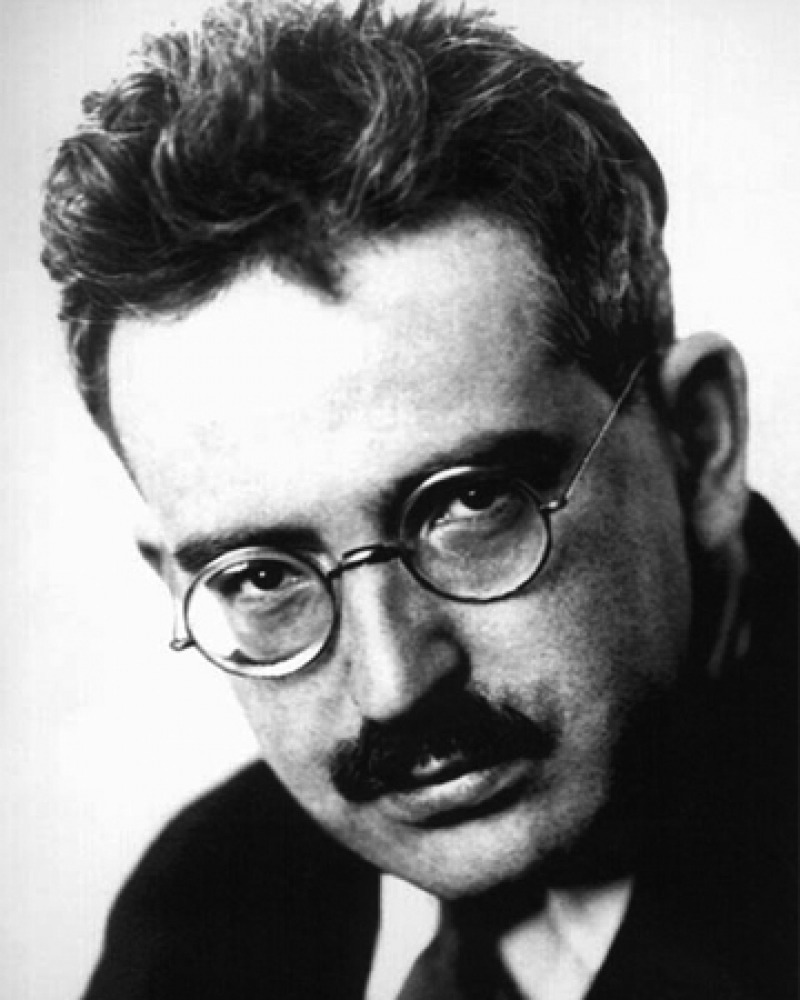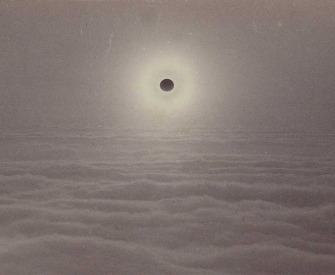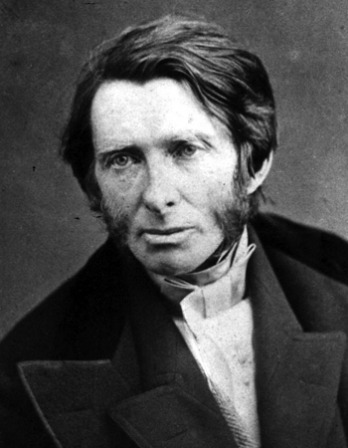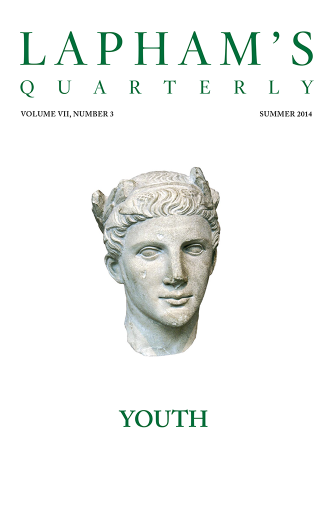
Walter Benjamin
“Little History of Photography,”
1931
“Little History of Photography,”
Everyone will have noticed how much easier it is to get hold of a painting, more particularly a sculpture, and especially architecture, in a photograph than in reality. It is all too tempting to blame this squarely on the decline of artistic appreciation, on a failure of contemporary sensibility. But one is brought up short by the way the understanding of great works was transformed at about the same time the techniques of reproduction were being developed. Such works can no longer be regarded as the products of individuals; they have become a collective creation, a corpus so vast it can be assimilated only through miniaturization. The creative in photography is its capitulation to fashion. The world is beautiful—that is its watchword. In it is unmasked the posture of a photography that can endow any soup can with cosmic significance but cannot grasp a single one of the human connections in which it exists, even when this photography’s most dream-laden subjects are a forerunner more of its salability than of any knowledge it might produce. But because the true face of this kind of photographic creativity is the advertisement or association, its logical counterpart is the act of unmasking or construction. As Bertolt Brecht says, “The situation is complicated by the fact that less than ever does the mere reflection of reality reveal anything about reality. A photograph of the Krupp works or the AEG tells us next to nothing about these institutions. Actual reality has slipped into the functional. The reification of human relations—the factory, say—means that they are no longer explicit. So something must in fact be built up, something artificial, posed.”




